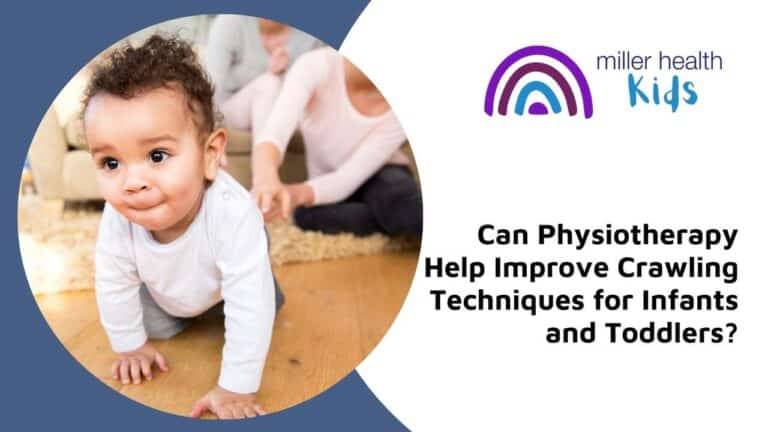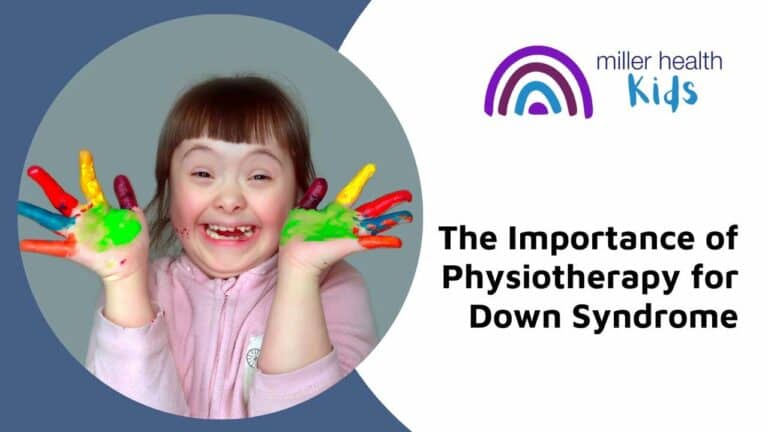How Treatment Can Help Your Child

Plagiocephaly (or Flat Head) is a very common condition occurring in 1 out of every 2 infants.The term is generally used to describe a type of infant head shape asymmetry that persists past 6 weeks of age. It is characterized by a flat spot on the back (brachycephaly) or side of the head (plagiocephaly) and if left untreated, infants may develop asymmetries of the head and face. Infants who have a flat spot do not usually present with developmental delays or other medical concerns, but the effect it has on cosmetic appearance can cause parental concern. Fortunately, with early intervention, plagiocephaly is treatable!
How does it happen?
An infant can have a flat head that is present since birth or it can develop during infancy. Due to the bones of a newborn baby’s head being very thin and flexible, the shape may change easily if your baby spends long periods of time lying in the same position, especially on their back.
Some infants may be more likely to develop a flat head due to the following factors:
How to Prevent Flat Head:
How Can Physiotherapy Help?
It Is Important To Differentiate Between Plagiocephaly and Scaphocephaly
Scaphocephaly is a birth condition where the sagittal suture, which runs from the baby’s soft spot at the front of their head to the back of their head, closes too early and the head grows long and narrow. It does not resolve on its own and the primary intervention is surgery, so it is important to seek advice and education early!
If you are worried about your baby’s head shape or would like some tips and tricks, don’t be afraid to call Miller Health at 705-327-5400 for a free phone consultation!
Related Articles:
http://www.bcchildrens.ca/neurosciences-site/Documents/BCCH034PlagiocephalyCliniciansGuideWeb1.pdf
Mawji A, Vollman AR, Hatfield J, McNeil DA, Sauvé R. The incidence of positional plagiocephaly: a cohort study. Pediatrics. 2013 Aug;132(2):298-304. doi: 10.1542/peds.2012-3438. Epub 2013 Jul 8. PMID: 23837184.








